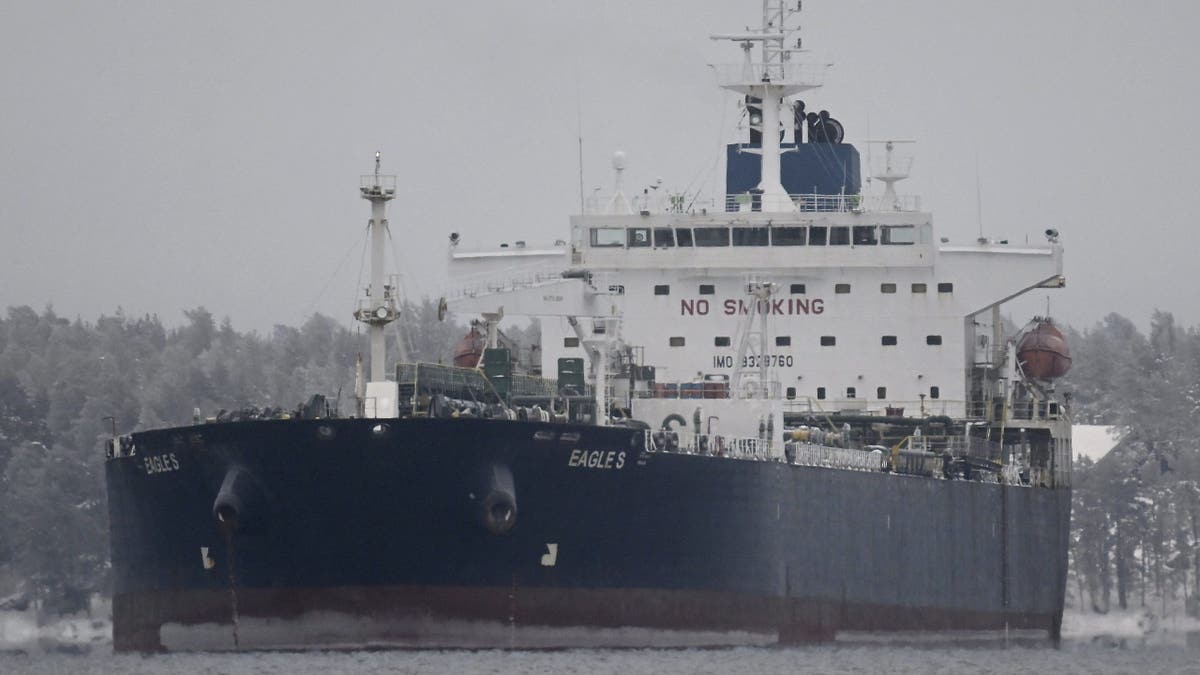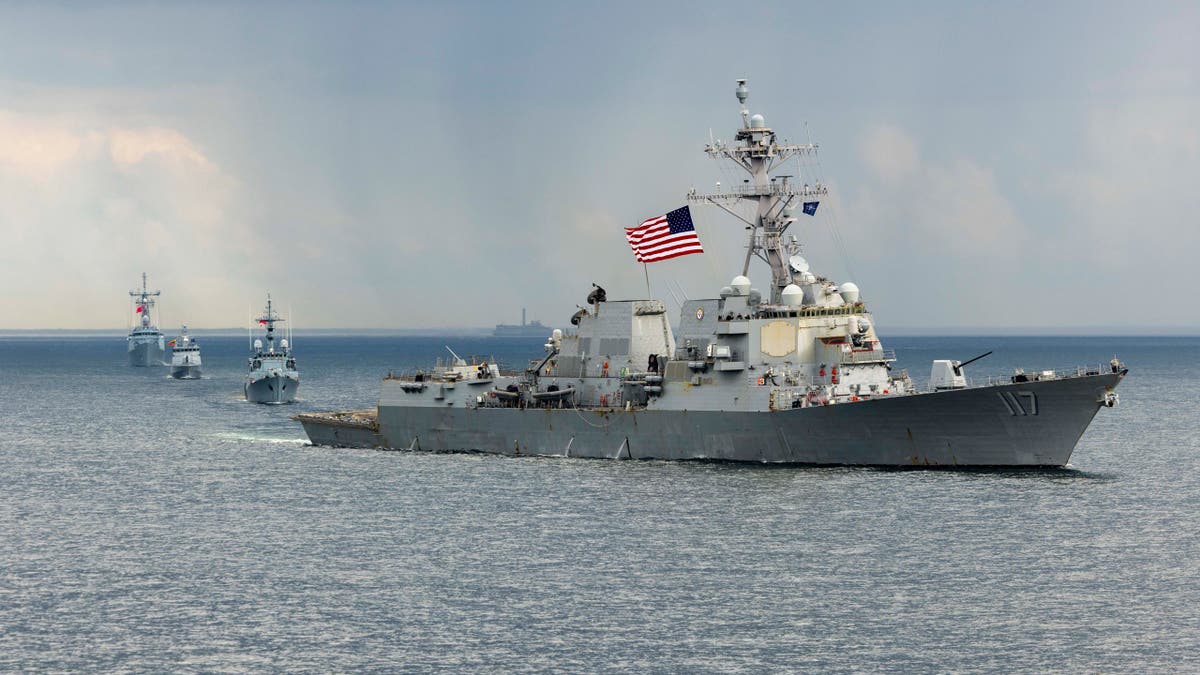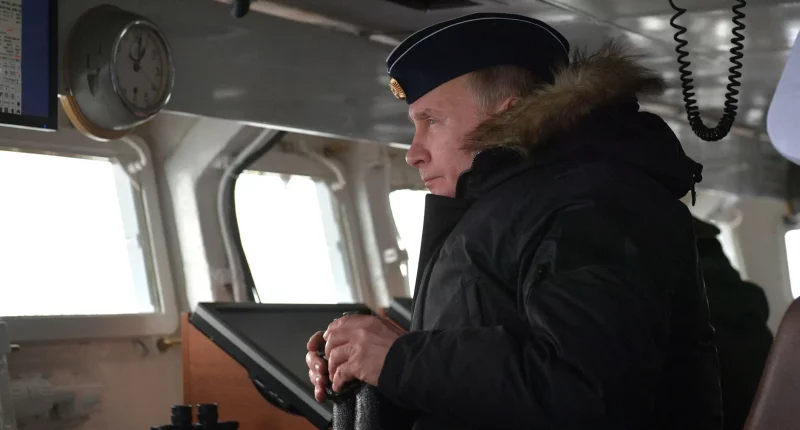Share this @internewscast.com
NEWYou can now listen to Fox News articles!
This month, NATO navies are showcasing their maritime strength in the Baltic Sea, with thousands of personnel from 17 countries aboard 50 vessels engaging in war games led by the U.S. 6th Fleet.
Among the nine countries bordering the Baltic Sea, Russia stands alone as the non-NATO member. The BALTOPS exercise in June is designed to ensure that the remaining countries can collaborate effectively to protect the region, especially as tensions with Moscow escalate.
“This year’s BALTOPS is more than just an exercise,” said U.S. Vice Admiral J.T. Anderson in a recent press release. “It represents a clear display of our Alliance’s determination, flexibility, and maritime prowess.”
Over the last year there’s been growing disquiet about Russia’s malign influence in the Baltic Sea region, with several incidents of severed undersea cables. Suspicion has fallen on Russia’s fleet of so-called “ghost” or “shadow” ships: hundreds of aging vessels, mostly oil tankers flying under foreign flags that are used to circumvent Western sanctions or trade in military hardware.

The oil tanker Eagle S is seen anchored near the Kilpilahti port in Porvoo, on the Gulf of Finland on Jan. 13, 2025. (Vesa Moilanen/Lehtikuva/AFP via Getty Images)
Does the Russian navy even have the capacity to escort every single ghost fleet ship in the Baltic? That seems unlikely, according to some.
“It’s an escalation, of course, of Russian misbehavior in the Baltic Sea. But in practical terms I’m not sure it’s going to make that much difference,” Lawrence said.
“Russia’s Baltic Sea fleet has always been the junior cousin of the Russian navy, and it’s never been particularly well-equipped or enlarged, but it’s still the biggest national navy operating in the Baltic, and they have ships that are attuned to the Baltic Sea, which is shallow, and its salinity is such that you need special kinds of sensors. And they know how to hide ships in the archipelagos of Sweden or Finland, so in that regard, they have a certain amount of specialist capability,” Lawrence explained.
The Baltic Sea war games this month – with the U.S. Navy’s Arleigh Burke-class guided missile destroyer USS Paul Ignatius and the Blue Ridge-class command and control ship USS Mount Whitney taking part – serve to remind the Russians of the power of NATO’s combined naval assets in the region.

The guided missile destroyer USS Paul Ignatius participates in a steam formation with NATO ships during exercise Baltic Operations, June 5, 2025. (U.S. Marine Corps photo by Lance Cpl. John Allen)
And some of the smaller navies will be reassured by the presence of the American warships.
A few weeks ago, Estonia’s navy brought one suspected shadow fleet ship into its territorial waters for an inspection, and it complied. But when the Estonians tried the same tactic for a second time, the ship refused to stop and wouldn’t come into port.
“That makes things more difficult for other nations because the shadow fleet is learning that it can just ignore what NATO navies do and there’s little that NATO can do in that situation, especially if there are Russian ships escorting the shadow fleet,” said Lawrence.
“But I don’t think NATO nations are going to back down. They will still follow and challenge these shadow fleet ships, or even look at other legislation, like requiring proof of insurance, to stop them from transiting the Baltic Sea.”

















